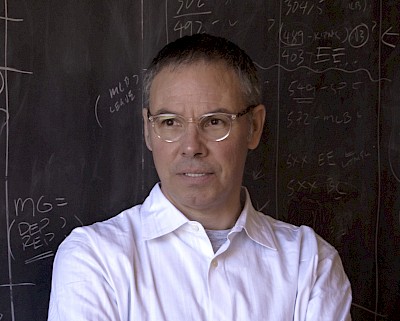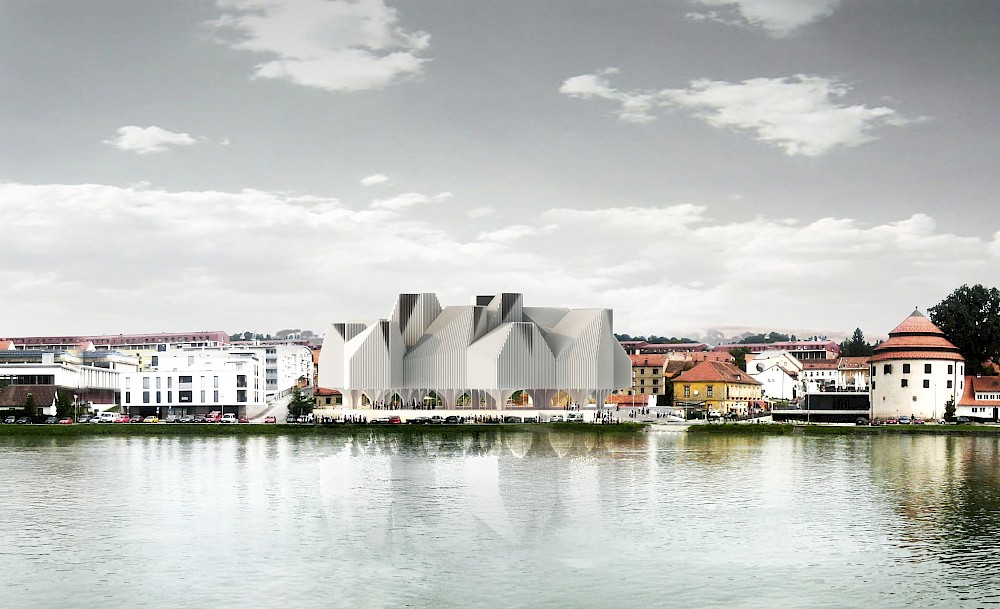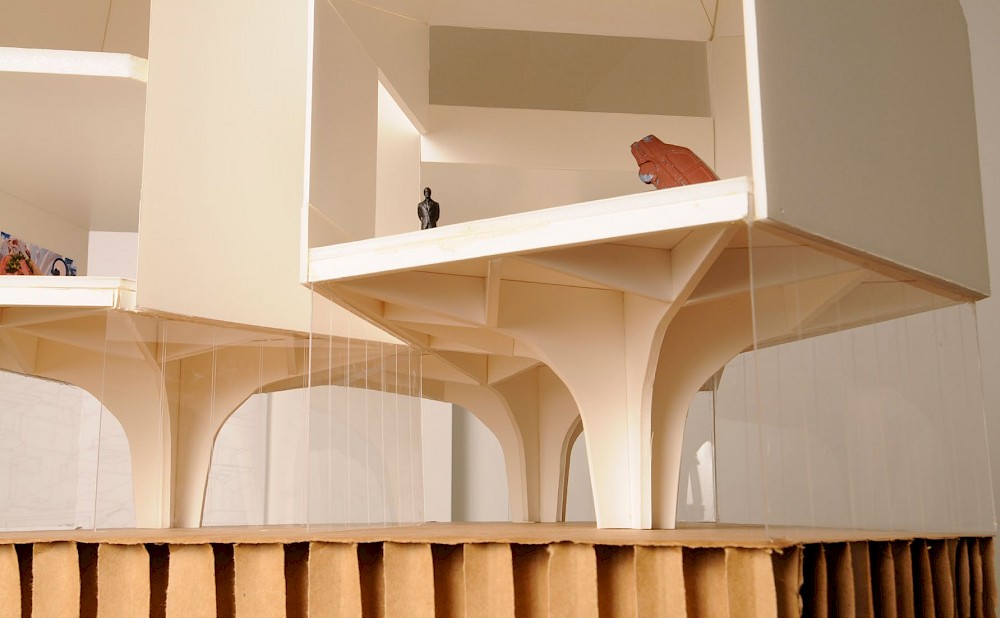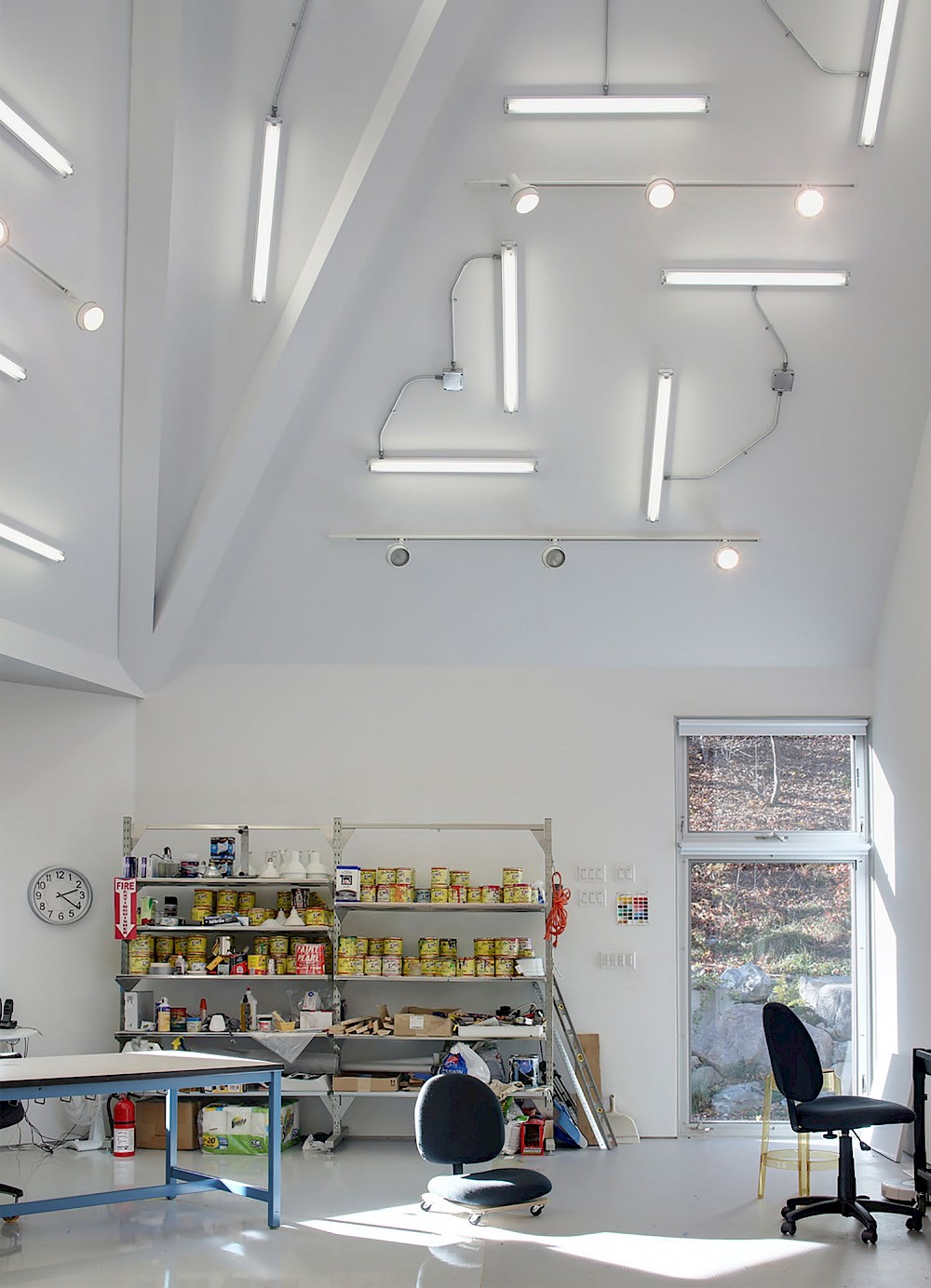BIENNIAL PROJECT
The Balloon Frame Revisited
Invented in 1833, timber stud or balloon frame construction took advantage of two 19th century innovations: pre-cut lumber and mass-produced nails. Unlike European forms of timber stud framing, these lightweight, standardized elements allowed relatively unskilled builders to construct rapidly and cheaply. The need to supply lumber for this new industry triggered massive deforestation in Wisconsin and Northern Michigan, highlighting the intricate connection between technology, architecture, urbanism, and ecology. It is a distinctly American way of building; like the Jefferson grid, it is standardized and democratic yet it allows individual expression. This tradition is, at its core, pragmatic: tied into networks of supply and distribution as well as readily available tools and techniques. These themes are examined here by a model that reveals both the tectonics of balloon frame construction and the compositional logics of part-to-whole aggregation. While the individual units are of a domestic scale, the larger aggregation suggests collective functions and public assembly. The model is mounted directly onto a full-size fragment of balloon frame wall: material evidence in dialogue with the abstraction of the model.
BIO
SAA/Stan Allen Architect has realized buildings and urban projects in the United States, Latin America, and Asia. Responding to the complexity of the modern city in creative ways, Stan Allen has developed a catalog of innovative design strategies, in particular looking at field theory, landscape architecture, and ecology as models to revitalize the practice of architecture. In 2016, he was one of twelve architects representing the United States in The Architectural Imagination, the American Pavilion at the Venice Biennale. In addition to this urban-scale work, we have recently completed a number of studios and houses for artists and collectors in the Hudson River Valley. These two complementary scales will be documented in Four Projects: A Stan Allen Sourcebook to be published in 2017 by ORO Publishers.






